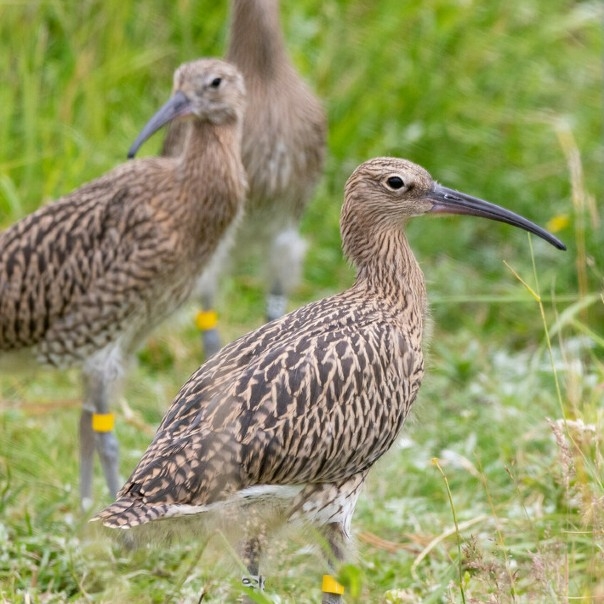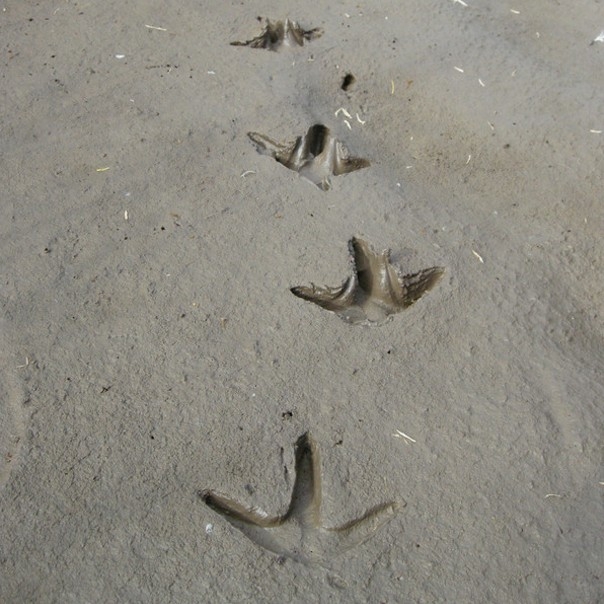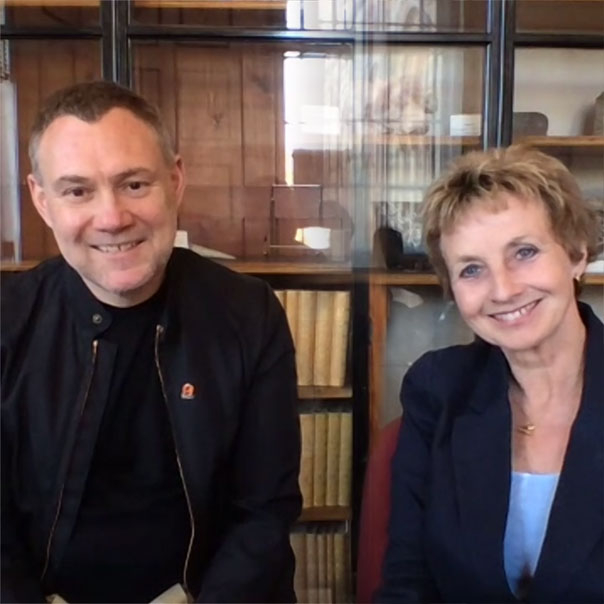Eurasian curlew recovery
Britain holds a quarter of the world’s curlew population. But in our changing landscapes, they are increasingly unable to rear chicks. WWT is working to understand why and reverse the decline.
The call of the curlew is strangely emotive. For many of us it brings us back to the landscapes we love, summer moorlands, muddy winter estuaries and flower-filled hay meadows. Landscapes of our childhoods or places we visit on holiday. Whatever the memory, the curlew has a special knack of triggering nostalgia in all of us.
It’s also a vibrant part of our culture, immortalised by our greatest writers and artists. The poets W.B. Yeats, Dylan Thomas and Robert Burns all found inspiration in the curlew, its habitats and above all its distinctive haunting call.
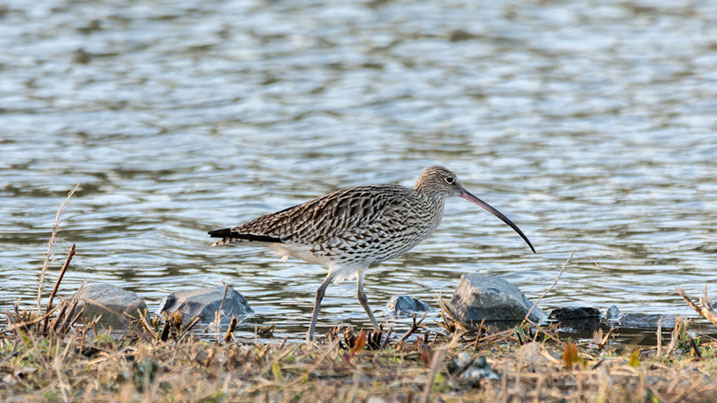
The challenge
Today in the UK we’re in danger of losing the curlew from many of its traditional landscapes. The number of breeding birds has dropped by about 65% since 1970. Our modern landscapes are making it increasingly difficult for adults to rear enough chicks to fledging age. Because curlew live for a relatively long time, the hit on their population hasn't been obvious, as adult birds are still readily seen - but the lack of new chicks is becoming more and more apparent.
Predators are having a major impact. Curlew eggs and chicks are predated by mammals and birds. This is a natural process, but some of these predators – such as foxes and crows - are more abundant in the UK than anywhere else in Europe and there’s simply too much predation for the curlew population to sustain.
The efficiency of modern farming, along with a warming climate, means that hay and silage crops are harvested earlier, by larger, faster modern machinery. In some places, eggs and chicks accidentally fall victim to the mower. Breeding curlews favour open, usually damp, grassland and heaths, which provide safe nest sites and places for both adults and chicks to feed. But over recent decades, the land has become drier, more uniform and supports fewer insects, making it harder for curlews and their chicks to find food.
The curlew is now regarded as the most pressing bird conservation priority in the UK, where we hold a quarter of the world’s population. The decline of the curlew is not just the loss of a valuable wetland species, but a significant cultural and heritage loss too.
What WWT are doing to help
We are working with farmers and landowners, conservationists and communities to improve the curlews’ chances. In the Severn and Avon Vale where the birds are struggling to safely rear young, we’re working to find solutions to adapt to the birds’ needs. We are supporting farmers to protect the curlews that use their land.
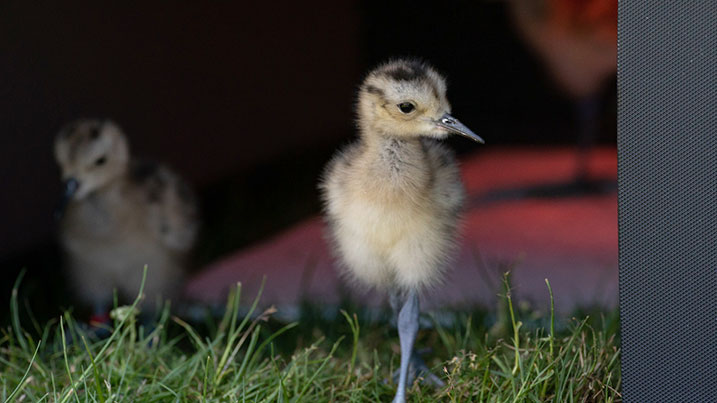
As part of our Severn and Avon Vale project, WWT is testing an innovative process called headstarting. We take eggs from wild pairs, incubate the eggs and rear the young in aviaries, until they’re old enough to fly; then we release them back into the wild. By keeping them safe at this critical period of life, we can increase the productivity of the parents many times over and will encourage them to lay a second clutch in some cases. In the long term we still need to find ways to help chicks survive when born in the wild, but headstarting can increase the number of breeding adults giving the species a chance to recover.
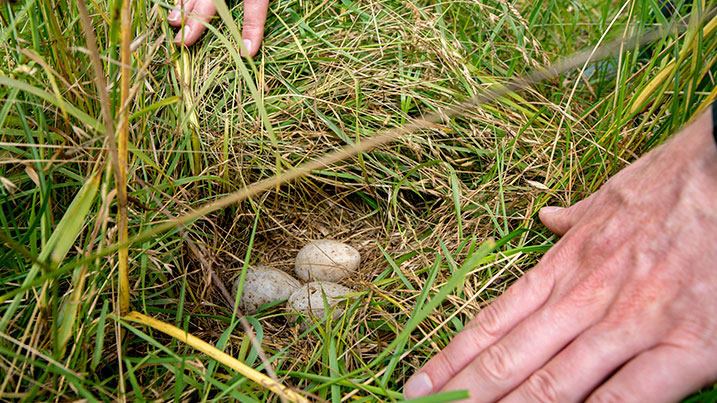
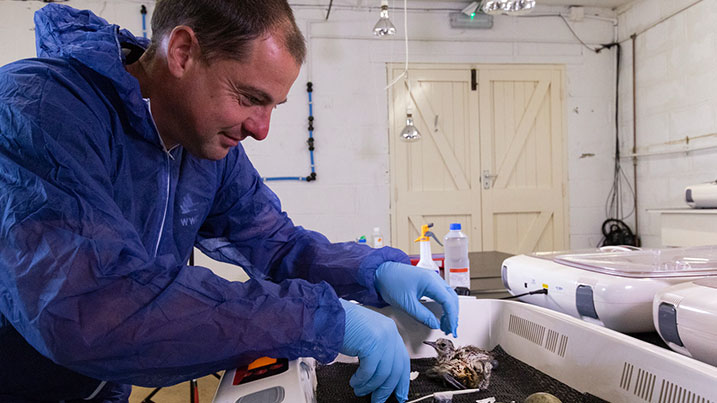
We are developing research into what’s causing the decline of the curlew and in particular the role that predators play. We aim to find out why the UK has so many of these types of predators and what can be done about it. Many other ground-nesting birds, like lapwing and redshank, are also declining, because they face the same pressures.
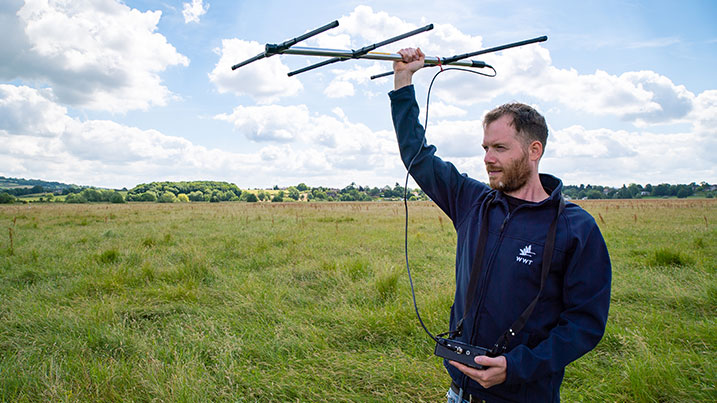
Key achievements
- Rescuing curlew eggs from MOD airfields for headstarting and subsequent release of chicks into the wild
- Many of these eggs have now subsequently hatched into healthy chicks at WWT Slimbridge
Join Senior Research Officer, Kane Brides, for an update on WWT's work to help breeding curlew in the Severn & Avon Vales.
